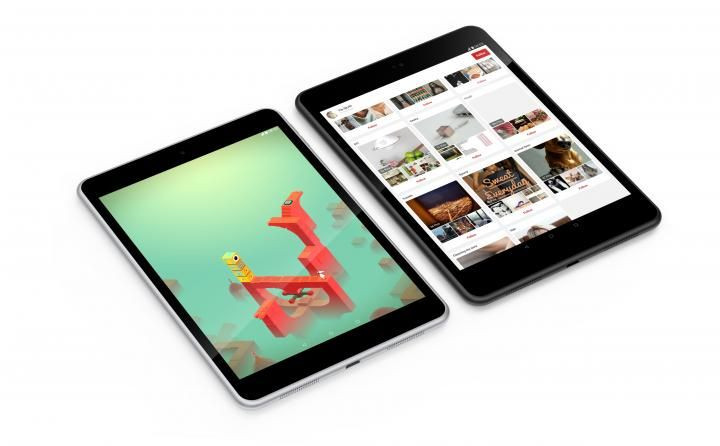Nokia's 'Audacious' Move: Manufacturer Collaborates With Foxconn On Nokia N1 Tablet

Microsoft Corp.’s acquisition of Nokia’s mobile devices unit in April was not the final nail in the coffin for the suffering manufacturer. The Finnish company is once again marketing a device under its own brand, just months after its deal with Redmond closed.
Nokia announced on Tuesday the N1 Android tablet, on which it collaborated with Chinese supplier and manufacturer Foxconn.
The Nokia N1 features a 7.9-inch laminated display and a frame 6.9mm in thickness, in addition to the 2.4Ghz Intel AtomTM quad-core processor, the Android 5.0 Lollipop operating system and the Nokia Z Launcher interface. The tablet will debut in China during the first quarter of 2015, likely in February, and will quickly be available to other markets including Europe. U.S. availability is unknown at this time.
How is Nokia able to market a device under the Nokia brand? Though Microsoft got the rights to the Nokia name for mobile handsets and smartphones in the acquisition, Nokia still has a considerable amount of patents and intellectual property at its disposal that wasn’t bought by Microsoft. “Nokia claims to own 1,200 standard-essential patents, to have filed 914 patent families in 2013, and for 75 percent of the total patents it holds to have been created by teams still at Nokia,” said IHS analyst Ian Fogg in a research note Tuesday.
It’s with these licenses that Nokia aims to revive itself as a consumer-device brand.
Foxconn has taken on hardware production for the Nokia N1, including managing components, manufacturing and supply-chain operations, while Nokia brings its intellectual property to the table. Nokia continues to benefit from its assets, such as its maps and location-based software, which rank at the top of the market alongside offerings from TomTom and Google.
The Nokia N1 will likely be the first of many devices that Nokia releases as part of its own mobile restructuring, and the company aims to have its new devices be indistinguishable from products it has built itself. "We are pleased to bring the Nokia brand back into consumers' hands with the N1 Android tablet, and to help make sophisticated technologies simple," said Sebastian Nyström, head of products at Nokia Technologies, who announced the N1 at the Slush technology conference in Helsinki.
Due to its deal with Microsoft, Nokia is embargoed from using the Nokia brand name on smartphones for two years and on mobile handsets for 10 years. Launching the Nokia N1 as a tablet is a workaround.
Launching the N1 is a relatively low-risk venture for Nokia because it has shifted most of the challenges of being a traditional device manufacturer to Foxconn. Nokia attempted several times to revive its business through software partnerships with little success. This time, it aims to outsource quality hardware paired with established software and its own licenses.
Its deal with Microsoft has allowed the company to separate itself from “historic baggage and restructuring costs,” allowing Nokia to start with a clean slate. “It’s an audacious move by Nokia, not that they’re doing it, but how quickly they’re doing it since the [Microsoft] deal closed,” Fogg said.
Microsoft is also facing a critical juncture as it struggles to build a presence in the mobile market. The company must deal with brand confusion from Nokia, which is likely why the tech giant has opted to drop the Nokia name and brand new devices with the Microsoft Lumia moniker.
© Copyright IBTimes 2025. All rights reserved.





















